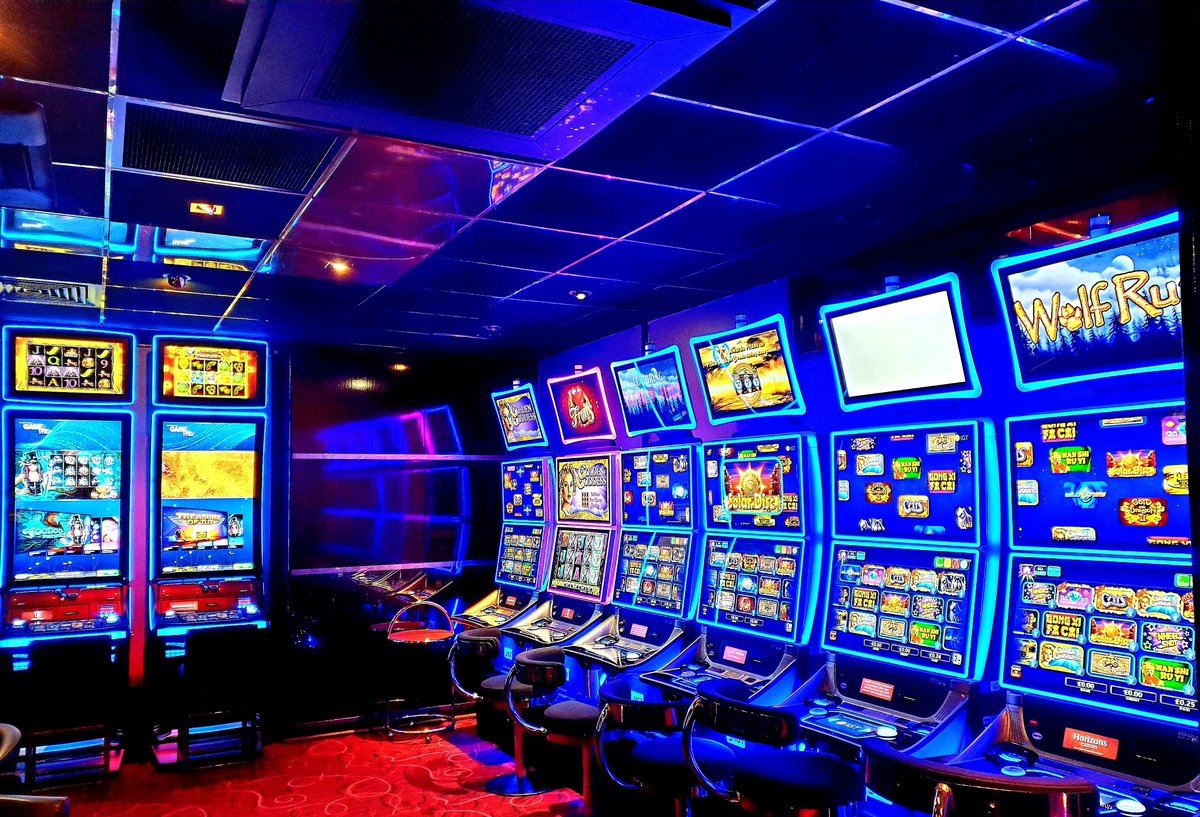
Behind these glittering illuminations plus the alluring sounds of spinning reels lies an dynamic world in which creativity meets numbers: the creation of games of chance. While players flock to gaming establishments seeking excitement and the possibility of striking it rich big, a huge amount of work takes place behind the scenes to create these games for their enjoyment. From the starting concept to the final product that players interact with, many elements come together to ensure a captivating gaming experience.
Designers, technicians, and game creators work together to combine innovative technology with enthralling gameplay features. Each aspect, from graphics plus audio elements to odds plus payouts, is meticulously crafted to attract players plus keep them entertained. Understanding the intricate process of how casino games are made reveals both the technical skills required but also the creative vision that brings these engaging experiences to life.
Casino Game Development Process
The design process begins with brainstorming and conceptualization, where creators generate concepts for new casino games. This first phase often includes identifying target audiences and understanding market trends. Designers take into account factors like game mechanics, themes, and payout structures to create an engaging experience. Ga179 Collaboration between game designers, mathematicians, and artists is essential to ensure a balanced concept.
Once a design is selected, the next stage involves creating prototypes and testing. Designers build a functional version of the game to assess its playability and mechanics. This allows for adjustments and refinements based on feedback from testers. Reiteration is vital, as designers may go through multiple rounds of evaluations to optimize gameplay balance and user experience. This phase is crucial for identifying any potential issues before the game goes into production.
After testing, the game moves into the development phase and production. This includes the technical aspects of coding the game software, integrating graphics, and making sure compliance with gaming regulations. Quality assurance testing verifies that the game functions flawlessly across various platforms and devices. Once everything is refined, the game is prepared for launch, often accompanied by promotional tactics to draw in players and generate buzz around the new casino offering.
Tech and Advancement
The evolution of gambling games has changed significantly with progress in tech. Contemporary game design often incorporates premium graphics, captivating sound effects, and engaging animations that provide a captivating experience for players. Game developers use complex software tools and coding languages to build these immersive gaming experiences. Additionally, the use of RNGs ensures fairness and unpredictability in outcomes, which is important for maintaining player trust and compliance with gaming regulations.
In recent years, the rise of online casinos has expanded the boundaries of game development even further. Developers are now able to build games that appeal to a global audience, incorporating features such as live dealer options and virtual reality environments. This shift has encouraged innovation, leading to novel game mechanics and formats that enhance player engagement. Mobile gaming has also become a key focus, encouraging developers to optimize games for mobile phones and tablets, ensuring availability and ease of access for players on the go.
Cooperation among designers, visual artists, and mathematicians is crucial in the creation process. Each team contributes their knowledge to ensure games are not only aesthetically pleasing but also statistically accurate and enjoyable. The integration of player feedback during testing phases allows developers to refine game features and functionalities, ultimately leading to a favorable launch. As technology continues to advance, the potential for new game concepts and experiences is endless, promising an exciting future for casino games.
Testing and Quality Control
Once a gambling game has been designed, it enters the crucial phase of evaluation and quality control. This phase ensures that the game operates flawlessly and provides a just experience for users. Teams conduct comprehensive tests, including functionality checks to confirm that all game features work as planned. Each aspect, from visuals to sound effects, is assessed to ensure quality benchmarks are met.
In addition to operational testing, the game undergoes stringent compliance checks to meet legal requirements. Different jurisdictions have specific regulations governing game fairness and player protection. Quality assurance teams will confirm that the random number generators are functioning correctly and that the game’s payout percentages correspond with market standards. This thorough examination helps establish trust with gamblers and regulators alike.
Finally, user testing may be conducted with genuine players to obtain feedback on user experience. This crucial insight allows developers to make necessary adjustments before the public launch. Tackling any potential issues recognized during this phase helps ensure that gamblers will enjoy a fluent, immersive experience when the game goes live. The commitment to excellence reflects the sector’s dedication to delivering entertaining and reliable casino games.